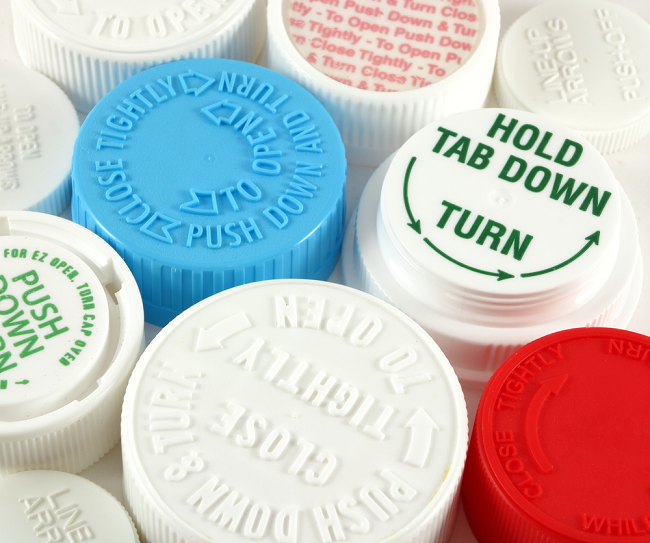More than anyone, parents of young children are acutely aware of how quickly youngsters can get into harm’s way. More than 90 percent of accidental poisonings occur in the home — and most involve children younger than age 6.
Since children have a faster metabolism than adults, anything they ingest is absorbed into the bloodstream very quickly. The majority of poison exposures for young children involve non-pharmaceutical products such as cosmetics or cleansers, but nearly half of all poisonings are caused by medicines.
To keep your children safe from household poisons, consider these tips:
- Never give a child a medicine intended for adults unless the label indicates the appropriate dose for children or a doctor instructs you to do so. Adult medicines are not intended for children, and they’re not necessarily safe for little ones — even at lower doses. Don’t refer to medicine or vitamins as candy, and don’t involve children as helpers with your own medication.
- Give the right dose of medicine to your child, according to the amount recommended on the label for his or her age and weight. Not all children are the same, and basing a dose on age alone can result in inaccurate dosages. Use any included dropper or cup to give the right amount so you don’t risk overdosing. Kitchen spoons are not accurate. Make sure you know the difference between “tsp,” “Tbsp,” and other measurement units. And never try to give medicine to your child in the dark.
- Lock up potential poisons out of sight and reach of kids. Use safety latches for all cabinets that contain hazardous substances. This includes makeup, medicine, cleaning products, automotive products, pesticides, art supplies, and beer, wine, and liquor. If it isn’t practical to lock away a product after each use, make sure it is stored out of the reach of children. And remember — even houseplants can be poisonous!
- Choose medicines and products that have child-resistant caps. Keep products in their original containers. Child-resistant does not necessarily mean the packaging is childproof, so never leave kids alone with a container of something you wouldn’t want them to ingest. A child can be poisoned in a matter of seconds.
- Test for lead-based paint and have your child tested for lead exposure if your home was built before 1978. Children inhale the dust of lead-based paint and can build up enough lead to affect intelligence, growth, and development.
- Install a carbon monoxide alarm outside every sleeping area and on every level of your home. Carbon monoxide is an invisible, odorless gas that builds up around fuel-burning appliances and cars in garages. It can make a child seriously ill in concentrations that would barely affect an adult.
- Discuss these precautions with grandparents and caregivers. Their homes might not be as well childproofed as yours. Moreover, their homes — and even their purses — may contain medications that can be very dangerous to children.
- Post the National Poison Control Center phone number (1-800-222-1222) near every phone in your home. This number connects you to your local poison control center from anywhere in the United States. Also, program it into your cell phone, along with emergency numbers for your pharmacist, pediatrician, and other emergency contacts.
Following these tips to childproof your home from poisonous substances can help reduce the more than 2 million accidental poisonings that occur each year.
Speak with your pediatrician about more ways to keep your child safe. If you don’t have a pediatrician, find one here.







